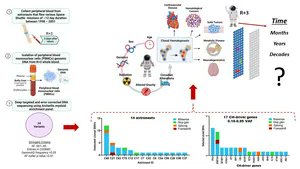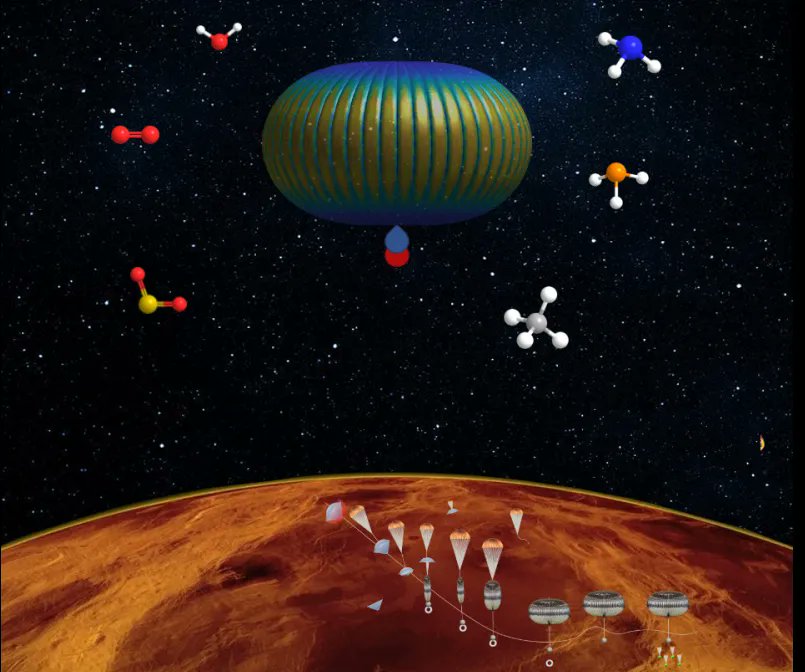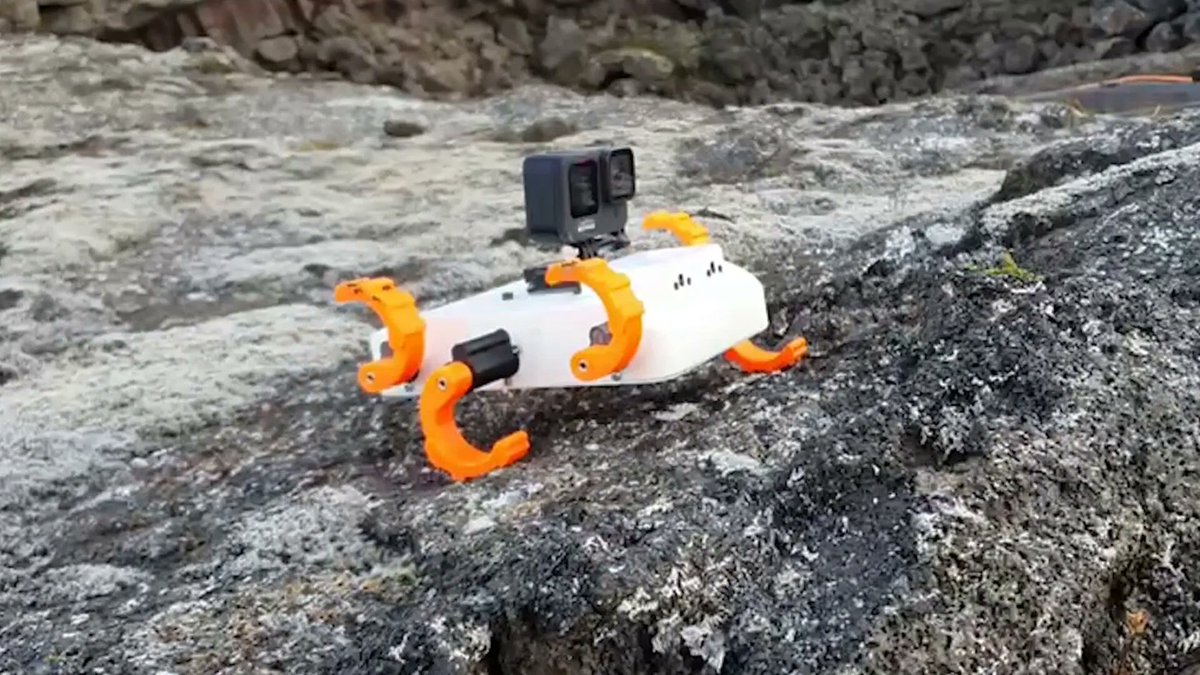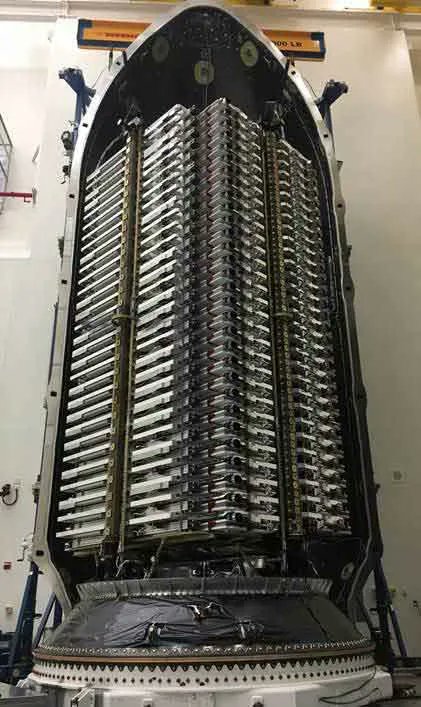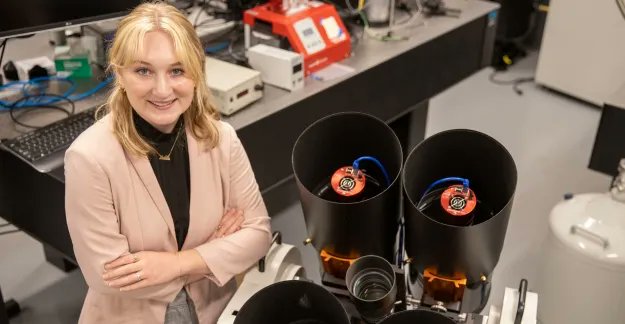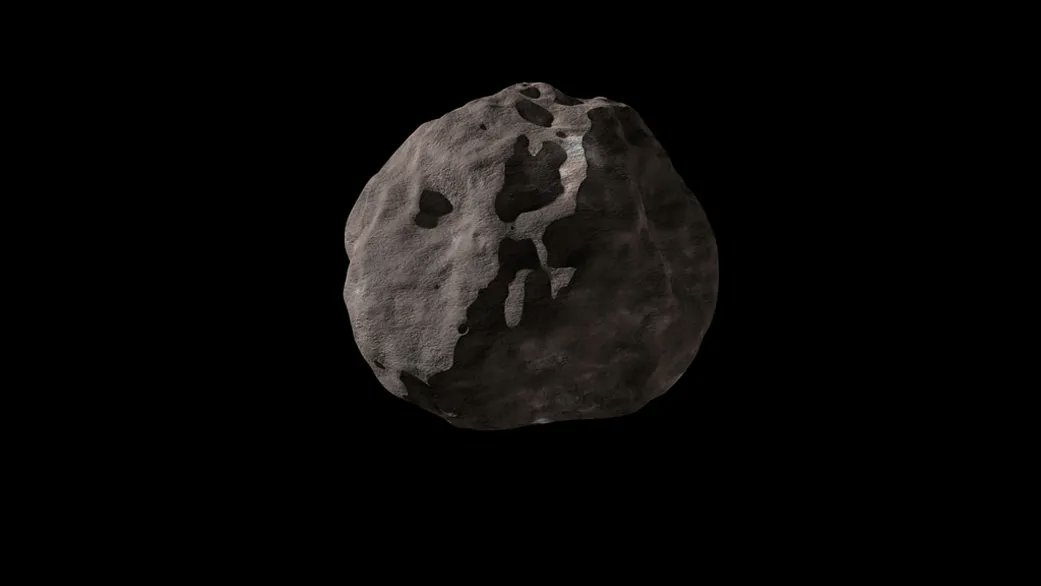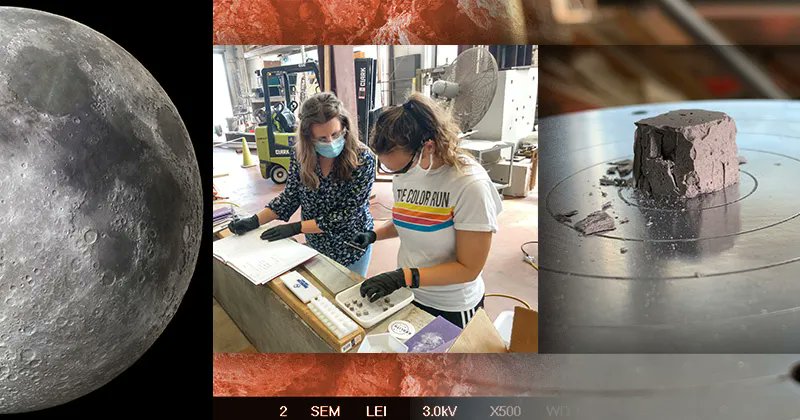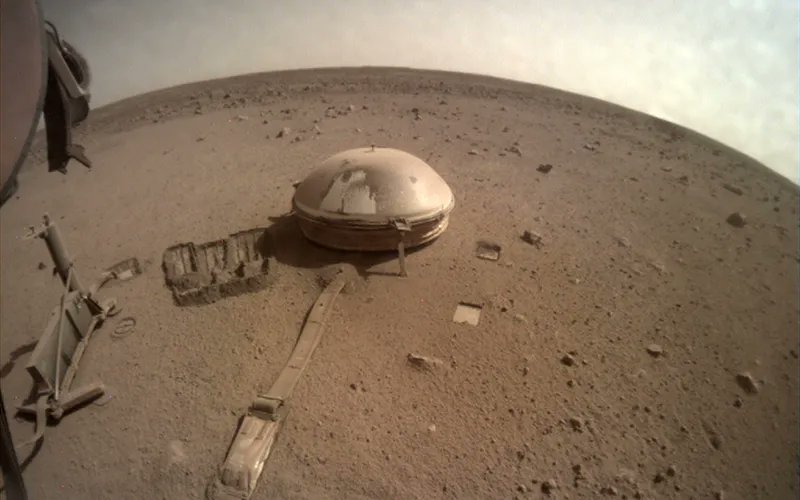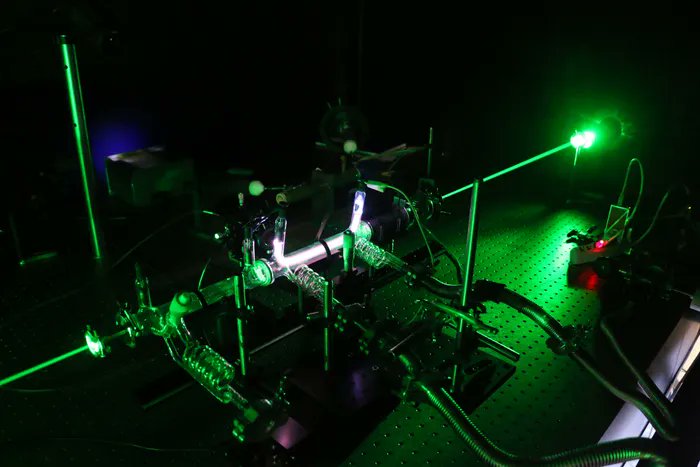Sometimes, space probes that have long since ceased sending back data can still usher in new discoveries. That was the case recently when scientists used data from Rosetta, a probe that eventually crashed into comet 67P/Churyumov-Gerasimenko in 2016, to understand what changes occur on a comet’s surface as it continues its spin around the Sun.
Continue reading “How Long do Good Landing Sites Last on Comets?”Even Short Flights to Space Cause Cell Mutations That Could Lead to Cancer and Heart Disease
Spaceflight can be dangerous – and not just because astronauts are strapped to an ongoing massive explosion for their ascent into orbit. Its long-term effects on the human body are starting to come more clearly into focus, and so far, none of the answers have been good. Now a new study from Mount Sinai Medical Hospital has found that, even on relatively short duration spaceflights, astronauts suffer potentially damaging DNS mutations.
Continue reading “Even Short Flights to Space Cause Cell Mutations That Could Lead to Cancer and Heart Disease”What Would it Take to Find Life on Venus?
Life on Venus, or the possibility thereof, has been a hot topic as of late. There’s also been plenty of controversies, including the (still disputed) discovery of phosphine, a potential biomarker in the atmosphere. The best way to lay that controversy to rest would be to go there and actually take samples, which at the very least, would help constrain the existence of life in Venus’ cloud layers. And a wide-ranging team from academia and industry hopes to do just that.
Continue reading “What Would it Take to Find Life on Venus?”Using “C-Shaped Wheels,” This Rover can Climb Over More Challenging Lunar Terrain
Student teams are an underappreciated resource in much of the scientific community. Joining a team working toward a goal while at university, whether for racing solar-powered cars or digging fish ponds in Africa, is an excellent way to sharpen technical and project skills while improving communication and teamwork. The space industry is starting to catch on to these strengths, with student teams developing exciting projects all over the world. A recent entry comes from students at the Delft University of Technology in the Netherlands – a six-legged robot called Lunar Zebro with a unique take on wheels.
Continue reading “Using “C-Shaped Wheels,” This Rover can Climb Over More Challenging Lunar Terrain”You’ll Soon be Able to Access Starlink Directly With Your Cellphone, From Anywhere in the US, and Eventually the World
The future of satellite communications is almost upon us. SpaceX has signed a deal with T-Mobile to provide the carrier’s customers with text services from its Starlink satellites anywhere in the US starting next year.
Continue reading “You’ll Soon be Able to Access Starlink Directly With Your Cellphone, From Anywhere in the US, and Eventually the World”With Better Communication, Astronomers and Satellites can co-Exist
SpaceX’s Starlink satellite system has been in the news lately for both good and ill. The “Mega-constellation” of around 2,800 satellites added another 53 satellites to its roster just last week. But while it might one day provide high-speed internet for the whole of humanity, it is already causing a massive headache for one particular slice of humanity – astronomers. Starlink satellites are reflective due to the solar panels they need to power themselves.
Continue reading “With Better Communication, Astronomers and Satellites can co-Exist”Another of the Lucy Mission’s Asteroids has a Moon
There is still so much we don’t know about the asteroids. Various missions have already been sent to some near Earth and in the asteroid belt, but there are just so many that it is hard to keep track of them all. Lucy, NASA’s mission to the Trojan asteroids, is supposed to help with that, but even it doesn’t know what it is getting into. Apparently, there are even more things to explore than the mission designers initially thought when it launched. Rather than visiting seven asteroids as originally envisioned, the discovery of another asteroid in orbit around Polymede means the mission will be visiting nine asteroids in total.
Continue reading “Another of the Lucy Mission’s Asteroids has a Moon”Mars and Moon Dust can be Turned Into Geopolymer Cement. Good Enough for Landing Pads and Other Structures
Materials science has long taken the lead in space exploration research, and it seems to have been getting even more attention than usual lately. That is especially true for building materials. NASA has funded several new research programs to develop new building materials that can do everything from providing structure to future human habs to landing pads for future reusable rocket missions. Now that second goal is one step closer, thanks to researchers at the University of Delaware.
Continue reading “Mars and Moon Dust can be Turned Into Geopolymer Cement. Good Enough for Landing Pads and Other Structures”Mars InSight Doesn’t Find any Water ice Within 300 Meters Under its Feet
Space science doesn’t always go as planned. Sometimes when scientists think they’ve made a remarkable discovery that will make human expansion into the cosmos easier, they are just flat-out wrong. But the beauty of science is that it corrects itself in the presence of new data. The people responsible for planning future Mars missions will have to make just such a correction as new data has come in on the availability of water on the red planet. There’s not as much of it as initially thought. At least not around the equator where InSight landed.
Continue reading “Mars InSight Doesn’t Find any Water ice Within 300 Meters Under its Feet”A new way to Make Oxygen on Mars: Using Plasma
There’s more than one way to produce oxygen on Mars. Or at least there is now. After the success of the MOXIE experiment that rode along with Perseverance to the red planet in 2021, another idea to produce one of the most useful gases in the universe has been experimentally proven by an international team of researchers. And they could potentially do it on Mars itself.
Continue reading “A new way to Make Oxygen on Mars: Using Plasma”

